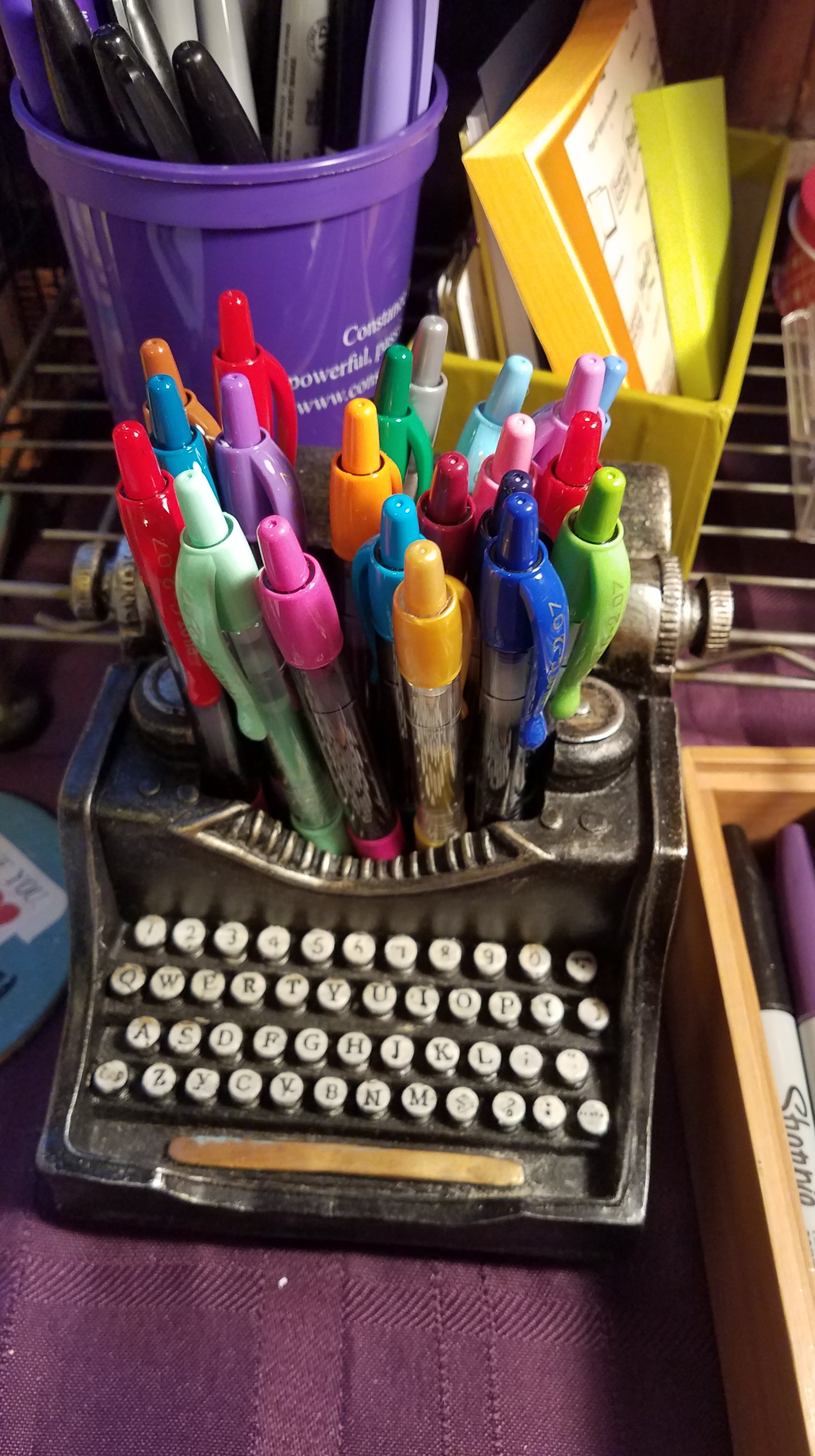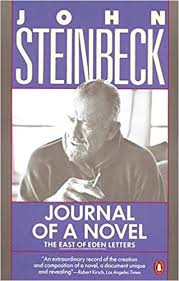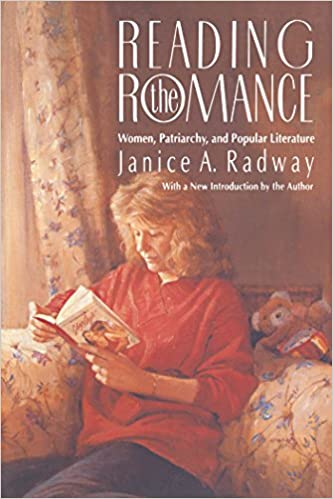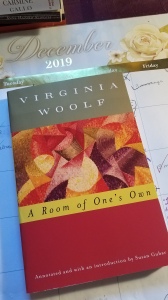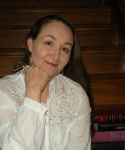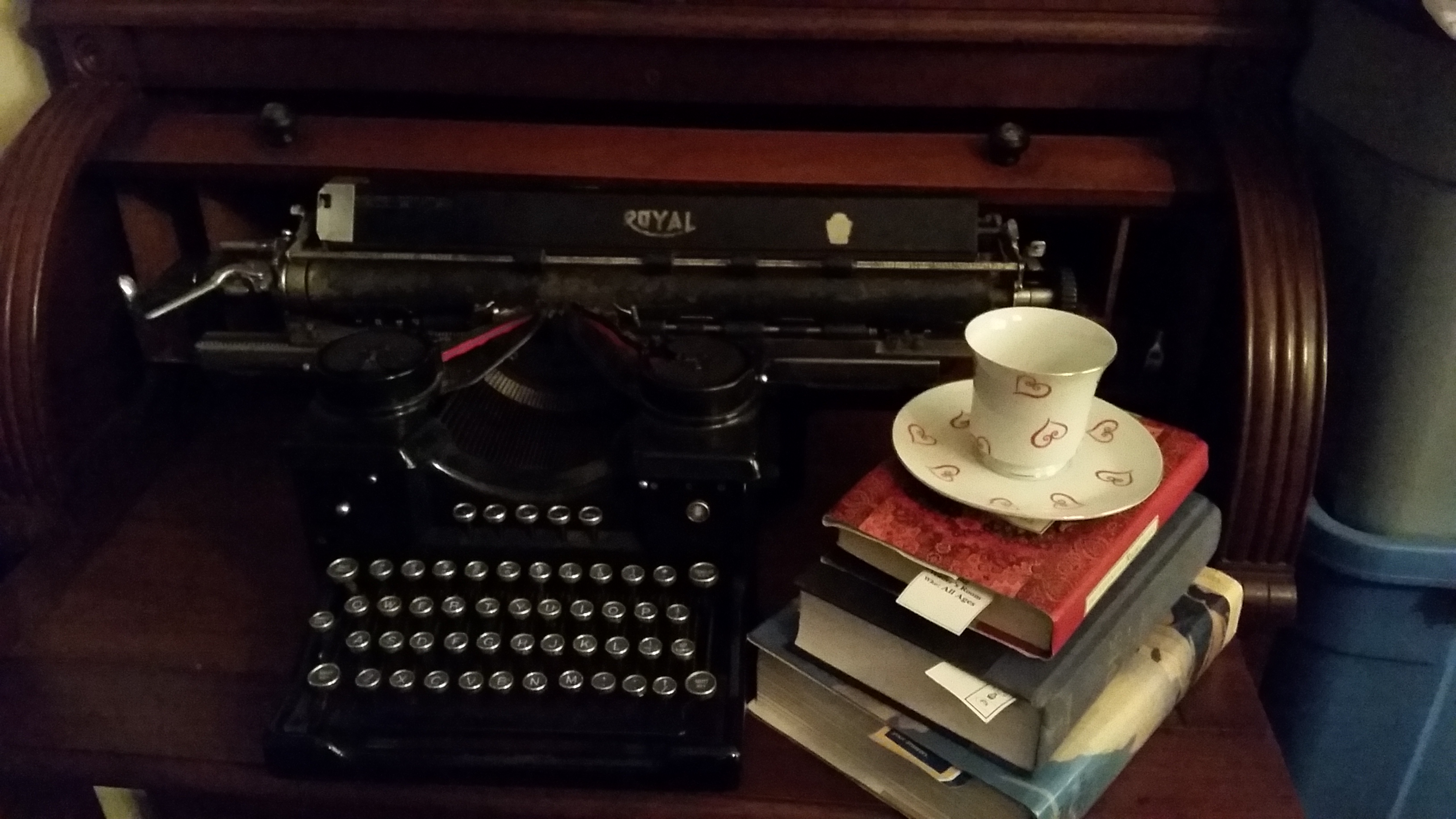
REVIEW
OCCUPATION THESAURUS: A WRITER’S GUIDE TO JOBS, VOCATIONS, AND CAREERS
BY ANGELA ACKERMAN AND BECCA PUGLISI
AUGUST 2020
If there’s one thing writers learn early, it’s how important details are to the success of the work. Fiction, nonfiction, and everything else resonate better with readers when the content rings true. Getting the specifics correct says that the writer cares about the product and the consumer. It’s also a good idea to get the small things correct because readers know they’re reading good work by an author who went the extra mile to be sure the details are solid. Readers will applaud such effort with positive comments and buying the next book, but they will also let everyone know when something isn’t quite right.
Due diligence by a writer where the nitty-gritty is concerned is how the helpful line of books from authors Angela Ackerman and Becca Puglisi come in handy. These two word nerds (term applied lovingly) have done more than enough leg work to help any writer get the facts straight. The latest addition to the Ackerman/Puglisi library is THE OCCUPATION THESAURUS: A WRITER’S GUIDE TO JOBS, VOCATIONS, AND CAREERS. Not only does this work offer a treasure trove of information and the all-important details, the title is a tiny thesaurus in and of itself (occupation, jobs, vocations, careers.) Why would anyone fall prey to the dreaded “word echo” (using the same word too often on a page, in a paragraph, etc.) syndrome when books like the Occupation Thesaurus exist?
In addition to offering concise job descriptions, the Occupation Thesaurus is a handy tool for coming up with ideas. When the brain seems dry but the deadline looms, reference tools such as those crafted by Ackerman and Puglisi go the distance when inspiration is sought.
Before you think that the book is simply a list of careers and what they do, glance back at the full title. It states that this work is a helpful tool for writers, and the content proves this by suggesting a range of writing helpers to further inspire and add depth of understanding. For instance, each vocation provides an overview of the work done followed by juicy details such as training necessary, character traits, reasons why a character might choose the profession, and so much more.
For a quick and different perspective on this book, if you work in any kind of career counseling or services, this book should be sitting on the top shelf in your office. It’s an amazing collection of who, what, why, and what if about the work people do.
Ackerman and Puglisi have previously published other books in their thesaurus line as well. The Occupation Thesaurus: A Writer’s Guide to Jobs, Vocations, and Careers is the crown jewel that cracks the code for crafting realistic character occupations that adds detail to the work. This information contributes to what readers want: the real deal. Thanks to Ackerman and Puglisi, writers have a tool to help them create authentic characters that readers will believe.
You can look deeper at The Occupation Thesaurus Writers Helping Writers
Have you checked this book out yet? Others by the Ackerman/Puglisi team? What did you think? What do you write and did this book help you in any way?
Disclosure: The reviewer received an advanced reading copy of the book from the authors.
All good things,
Joy

Writer Wellness: A Writer’s Path to Health and Creativity, third edition is available for pre-order now at Headline Books, Inc.


